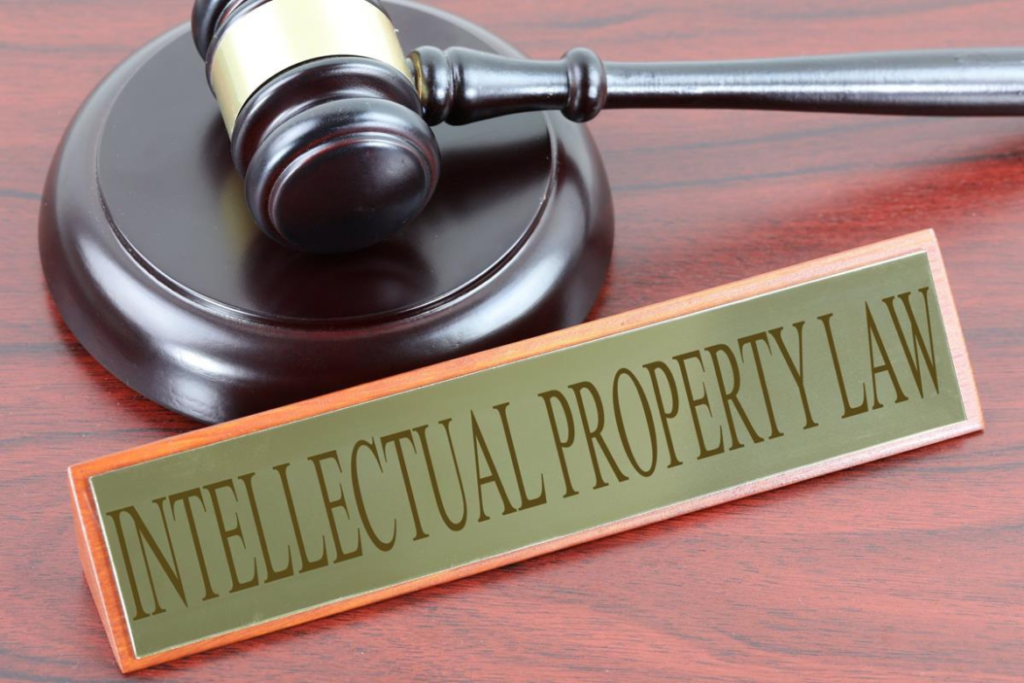
Intellectual Property Law
Intellectual property (IP) law is a legal framework that protects creations of the mind, including inventions, literary and artistic works, symbols, names, images, and designs used in commerce. The goal of IP law is to encourage innovation and creativity by providing creators and inventors with exclusive rights to their works for a certain period. Here are the key aspects of intellectual property law:
1. Types of Intellectual Property
Patents: Legal protections for inventions, granting the inventor exclusive rights to make, use, sell, or distribute the invention for a limited time (typically 20 years). There are different types of patents:
- Utility Patents: For new and useful processes, machines, articles of manufacture, or compositions of matter.
- Design Patents: For new, original, and ornamental designs for an article of manufacture.
- Plant Patents: For new varieties of plants.
Copyrights: Protect original works of authorship, including literature, music, art, and software. Copyright grants the creator exclusive rights to reproduce, distribute, and display the work, typically lasting for the life of the author plus 70 years.
Trademarks: Protect symbols, names, and slogans used to identify goods or services. Trademarks help consumers distinguish between different brands and prevent confusion. Trademark rights can last indefinitely, as long as they are in use and properly maintained.
Trade Secrets: Protect confidential business information that provides a competitive advantage, such as formulas, practices, and processes. Unlike patents, trade secrets are not registered and can last indefinitely as long as they remain secret.
2. Registration and Enforcement
- Patent Registration: Involves submitting an application to the United States Patent and Trademark Office (USPTO) or relevant authorities in other countries. The application undergoes examination before a patent is granted.
- Copyright Registration: While copyright protection is automatic upon creation, registering with the U.S. Copyright Office provides additional legal advantages.
- Trademark Registration: While common law rights can be established through use, federal registration with the USPTO provides nationwide protection and legal presumption of ownership.
3. Infringement and Remedies
- Infringement: Unauthorized use of protected intellectual property can lead to legal actions. Remedies may include injunctions, monetary damages, and, in some cases, statutory damages.
- Defenses: Common defenses against infringement claims include fair use (in copyright law), non-infringement, and invalidity of the IP right.
4. International Considerations
- Intellectual property rights can vary by country, and international treaties (e.g., the Paris Convention, Berne Convention, and TRIPS Agreement) help establish minimum protection standards.
- Businesses operating globally must navigate the IP laws of each jurisdiction where they operate.
5. Licensing and Assignments
- Licensing: IP owners can grant permission to others to use their intellectual property under specific conditions, often involving royalties or fees.
- Assignments: IP rights can be transferred or sold to another party.
6. IP in the Digital Age
- The rise of the internet and digital technologies has raised new challenges for IP law, particularly regarding copyright infringement (e.g., piracy) and trademark use online.
- Digital rights management (DRM) and new licensing models are being developed to address these issues.
7. Emerging Issues
- IP law continues to evolve with advancements in technology, such as artificial intelligence (AI), biotechnology, and the internet of things (IoT), raising questions about ownership, protection, and ethical considerations.
